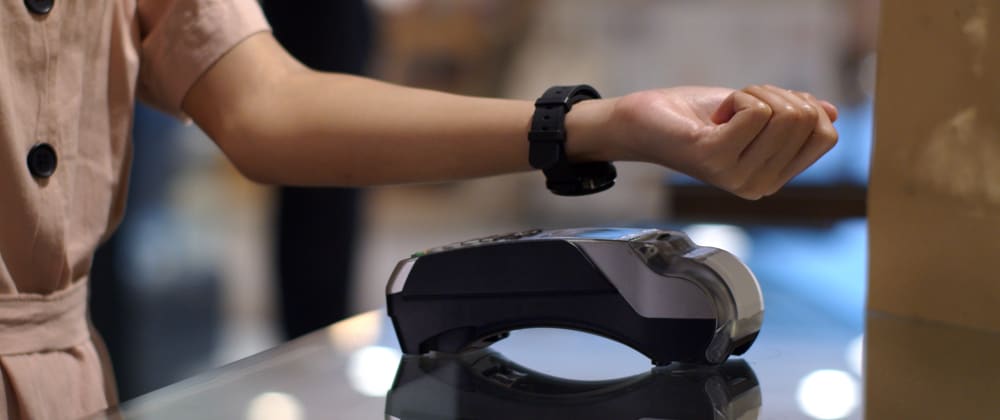Since the birth of currency, the use of credit has been essential to empowering consumers to obtain goods and services immediately while delaying their financial obligation to pay that debt back.
In the mid-20th century, with the advent of national and global payment card brands, more consumers could access greater lines of credit more quickly and spend on those balances in more places. Today, the connectivity of consumers, via mobile devices, has enabled the meteoric growth of Buy Now, Pay Later (BNPL) as one of the fastest growing methods for payment at checkouts online and in store.
Consumers have numerous options when it comes to selecting a BNPL service provider. Many of the largest banks offer BNPL-style payment methods, as well as American Express, PayPal, and Apple. There are also quite a few pure players to choose from, including the likes of Klarna, Affirm, and Afterpay.
Essentially, these services are offering zero-percent interest, short-term loans to their customers with an installments-based payback period of several weeks or months. Typically, the BNPL provider will charge a service fee to the merchant, and late fees and/or interest for late payment. Offering this type of payment method gives merchants that ability to offer a low-friction, delayed payback option to people who may or may not have a credit card, which can grow ticket value and volumes.
BNPL payment methods are most common when purchasing big ticket items; however, as more and more e-commerce and retail stores onboard BNPL providers and capabilities, the transaction volume will continue to broaden. It’s possible that the dramatic growth of BNPL as a payment method is in part driven by how the types of products consumers purchasing through the pandemic have shifted to categories more apt for a short-term lending contract — home goods (furniture, air purifiers, appliances) and home office items (laptops, desks, monitors). With more money being spent online, where BNPL found the earliest traction, the numbers of consumers they were able to serve grew. Conversely, credit cards may have suffered disproportionately given travel, dining, and big events were severely curtailed.
All of this is to say, BNPL is quickly making headway as one of the preferred payment methods for certain transactions, and the argument could be made the primary providers of the future have yet to enter the space: financial institutions of all sizes. Early indicators point to the popularity of Pay Now Pay Later among the newest consumers to come online – namely Generation Z and Millennials – and by financial institutions offering these services they can more effectively onboard and retain this key clientele population as they enter their peak earning and spending years. Visa and several other leading financial ecosystem providers are currently working on programs to enable more banks and credit unions to offer BNPL services directly to their customers and members. A recent study indicated that the likelihood a consumer would use BNPL grew dramatically when the entity providing the service was their existing financial institution.
As we enter a new era in the global economy, we expect consumers will continue to seek out and utilize financial services to fit their needs in the right places, at the right time. Whether it’s contactless cards, cryptocurrency, or Buy Now Pay Later, the opportunity for financial institutions to leverage these innovations while continuing to provide an excellent in-person experience is what will ensure they can differentiate and drive the value that they are uniquely able to provide as their clienteles’ trusted source for financial services.
Looking for other ways to embrace the future of financial services and improve your clientele’s banking experience? Visit our website: https://www.entrust.com/solutions/industries/financial.



